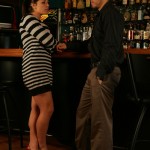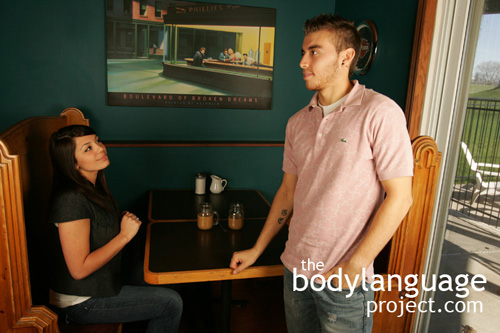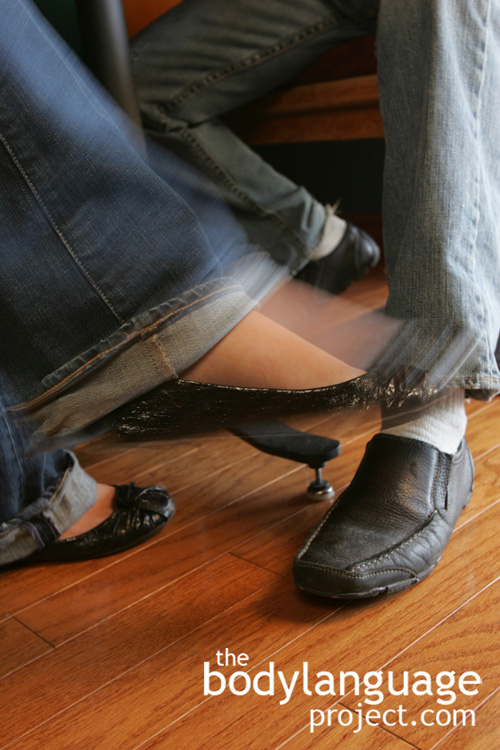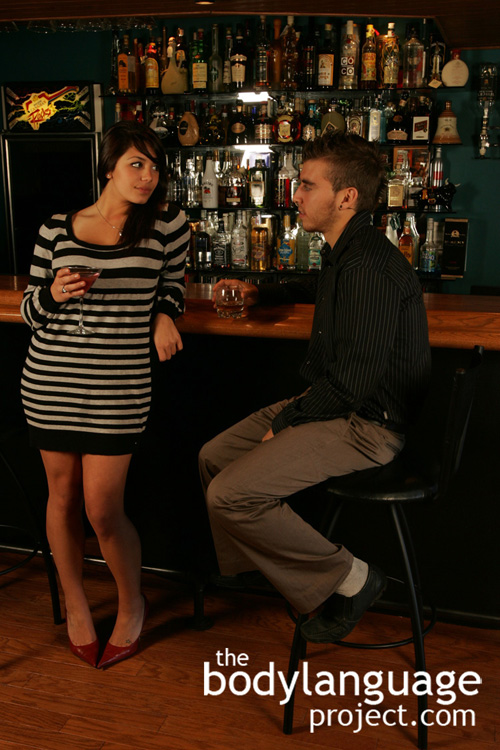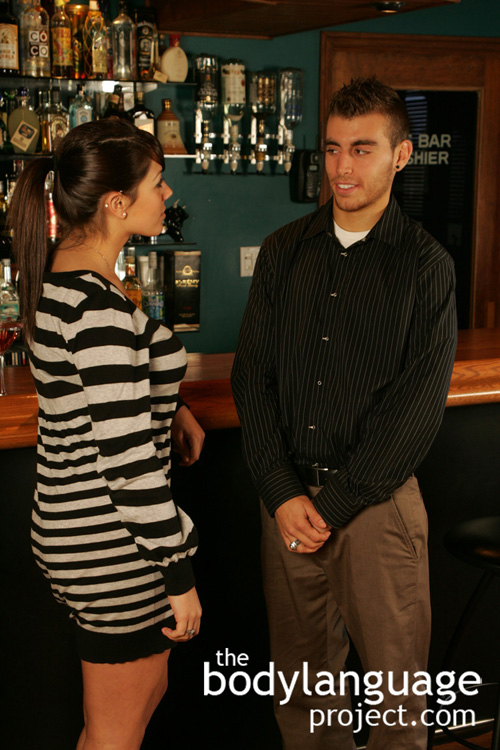In this chapter we looked at how open body positions indicate an open or closed mind. Specifically, we saw that that by having arms and legs that cross the midpoint of the body we indicate a closed mind, negative attitude or disposition, and conversely, that open postures indicate an open mind. This is evident most often through what is called “ventral displays” where the chest and front is exposed. We saw that the hands can convey honesty by showing that “no weapon is present”, that rubbing the hands is figuratively a preparation to receive something (or that we’re cold), and that sudden changes in the hands has real meaning, that pointing is rude and as if throwing a spear, but can and are blocked, by arm crossing which works as a shield.
Next, we examined techniques to open people when they show closed body positions in an attempt to close the “closed”, the meaning of leg crossing and how spreading means dominance, and how the ankle cross indicates a negative, but hidden emotion. The figure-four-leg-position, we found, happens by pulling one leg over the other knee and represents disagreement, the fig leaf is a shameful posture since it hides the genitals from view, and parallel legs which happens by pressed one leg against the other making the legs appear sexier and more youthful. Next we looked at pigeons toes or “tibial torsion”, a submissive body posture indicating meekness, then how the legs tell where the mind thinks through pointing and the four main ways a person might stand; straight up and feet together (attentive), feet apart (a crotch display), one foot forward (shows direction of interest) and legs crossed at the ankle (a submissive posture). We then examined the progression from closed to open as a sequence when meeting new people or being in novel situations, how eye aversion or avoidance can indicate a lack of receptiveness, that the fetal position can be abbreviated by simply pulling limbs to the center of the body and finally how openness is related to status.










